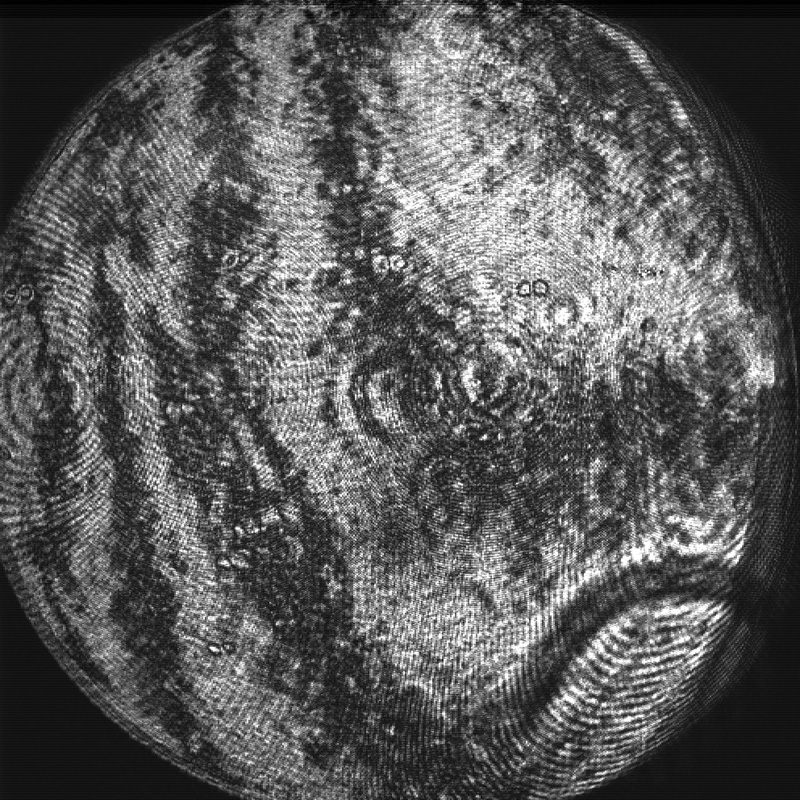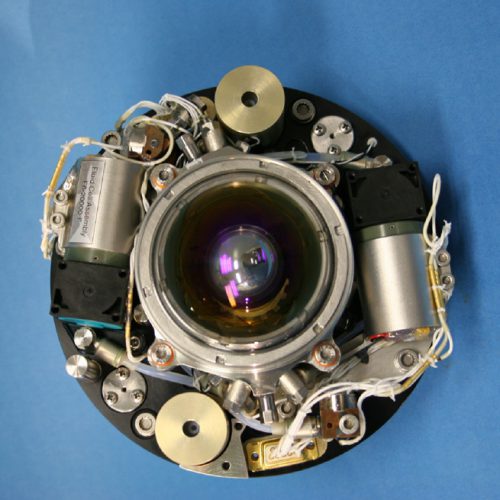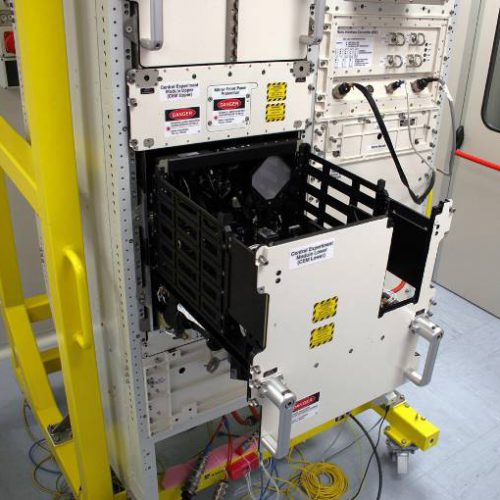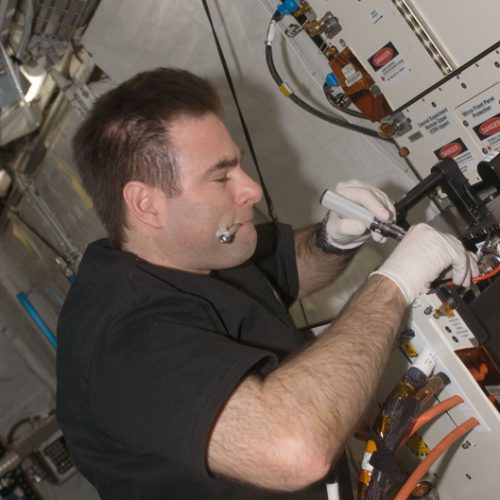GeoFlow
Simulation of Geophysical Fluid Flow under Microgravity (GeoFlow) is an European Space Agency (ESA) investigation planned for the Fluid Science Laboratory (FSL) on the International Space Station (ISS). GeoFlow will study thermal convection in the gap between two concentric rotating spheres to model Earth’s liquid core.
E-USOC is the responsible centre of operations’ preparation, validation, and execution for GeoFlow experiment. In addition, E-USOC monitors, commands and coordinates this Payload in Real-time operations from their control room.
Significant Dates
Mission STS-122: February 7, 2008 – Columbus launch
| GeoFlow | GeoFlow-2 | GeoFlow-2b | GeoFlow-2c | |
|---|---|---|---|---|
| First Experimental Run | August, 2008 | March, 2011 | December,2012 | November,2016 |
| Latest Experimental Run | January, 2009 | May, 2012 | March, 2013 | February, 2017 |
Experiment/Payload Description
GeoFlow experiments are of importance in areas such as flow in the atmosphere, the oceans, and the movement of Earth’s mantle on a global scale as well as other astrophysical and geophysical problems having spherical geometry flows shaped by rotation and convection. GeoFlow was also the first experiment to take place within the Fluid Science Laboratory inside the European Columbus Laboratory.
The experiments investigate the flow of an incompressible viscous fluid (silicone oil) held between two concentric spheres. A central force field is introduced by applying a high voltage difference between the two spheres, which will revolve around a common axis at different rotation rates. In addition, a temperature gradient is created maintaining the inner sphere at a higher temperature with respect to the outer one.
This geometrical configuration can be seen as a representation of the Earth, where the role of gravity is played by he central electric field. These experiments require a weightless environment in order to “turn off” the unidirectional effect of gravity on Earth. The thermal convection will be observed between the two spheres, measuring the temperature distribution.
The measurement of the temperature distribution will be carried out using Wollaston Shearing Interferometry, though additional optical diagnostics can also be used (Schlieren or hadowgraphy).
Understanding and controlling fluid flow in a spherical geometry under the influence of rotation is also useful in a variety of engineering applications, such as improving spherical gyroscopes and bearings, and centrifugal pumps. Furthermore, the results can find applications in areas such as high-performance heat exchangers and in the study of electroviscous phenomena. It will also help to understand the motion of liquids in several ground-based industrial applications where injected ions are a source of charge, e.g. in electrostatic precipitators and ion-drag pumps.






